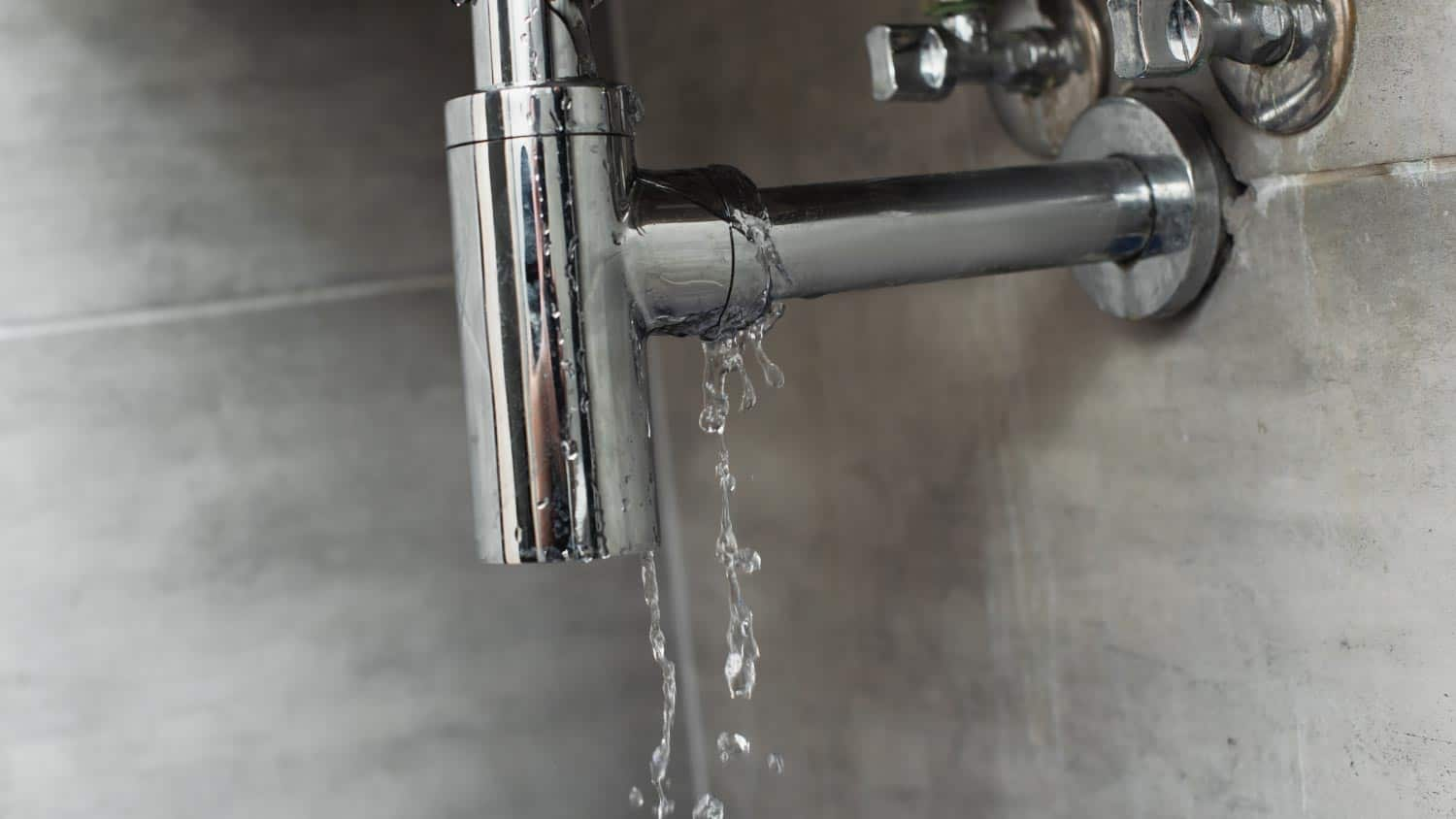Just how to Discover and Repair Water Leaks-- A Comprehensive Overview
Just how to Discover and Repair Water Leaks-- A Comprehensive Overview
Blog Article
Were you in search of tips concerning Hacks to detect leaks?

Early detection of dripping water lines can mitigate a possible catastrophe. Some small water leakages may not be visible.
1. Analyze the Water Meter
Every residence has a water meter. Examining it is a guaranteed way that assists you uncover leakages. For beginners, switch off all the water sources. Guarantee no one will purge, make use of the tap, shower, run the washing equipment or dishwashing machine. From there, go to the meter and also watch if it will certainly alter. Considering that no one is using it, there need to be no motions. If it relocates, that suggests a fast-moving leak. Similarly, if you find no changes, wait an hour or two and check back once more. This suggests you may have a slow leak that can also be underground.
2. Inspect Water Intake
Analyze your water expenses and also track your water consumption. As the one paying it, you need to discover if there are any kind of inconsistencies. If you detect sudden changes, despite your usage coinciding, it means that you have leaks in your plumbing system. Remember, your water bill should drop under the exact same range on a monthly basis. A sudden spike in your bill indicates a fast-moving leakage.
A consistent increase every month, even with the exact same habits, shows you have a sluggish leak that's also slowly rising. Call a plumber to thoroughly check your property, especially if you feel a warm area on your flooring with piping below.
3. Do a Food Coloring Examination
When it comes to water usage, 30% comes from toilets. If the shade in some way infiltrates your dish during that time without flushing, there's a leakage between the container as well as bowl.
4. Asses Exterior Lines
Don't neglect to check your outside water lines too. Should water permeate out of the connection, you have a loosened rubber gasket. One little leak can lose lots of water and spike your water costs.
5. Inspect and also Assess the Situation
Property owners need to make it a habit to check under the sink counters and also inside cupboards for any type of bad odor or mold and mildew growth. These two red flags indicate a leak so punctual focus is required. Doing routine assessments, also bi-annually, can save you from a significant trouble.
Extra notably, if you know your home is already old, keep a watchful eye on your heating units, hose pipes, pipelines etc. Check for discolorations and also damaging as a lot of pipes and also devices have a life span. They will certainly likewise naturally weaken because of deterioration. Do not wait for it to intensify if you suspect dripping water lines in your plumbing system. Call a professional plumber right now so you do not wind up with a dreadful mess in your house.
Early detection of dripping water lines can reduce a possible catastrophe. Some small water leakages might not be noticeable. Inspecting it is a proven method that helps you uncover leaks. One tiny leak can waste heaps of water as well as increase your water bill.
If you suspect dripping water lines in your plumbing system, do not wait for it to intensify.
WARNING SIGNS OF WATER LEAKAGE BEHIND THE WALL
PERSISTENT MUSTY ODORS
As water slowly drips from a leaky pipe inside the wall, flooring and sheetrock stay damp and develop an odor similar to wet cardboard. It generates a musty smell that can help you find hidden leaks.
MOLD IN UNUSUAL AREAS
Mold usually grows in wet areas like kitchens, baths and laundry rooms. If you spot the stuff on walls or baseboards in other rooms of the house, it’s a good indicator of undetected water leaks.
STAINS THAT GROW
When mold thrives around a leaky pipe, it sometimes takes hold on the inside surface of the affected wall. A growing stain on otherwise clean sheetrock is often your sign of a hidden plumbing problem.
PEELING OR BUBBLING WALLPAPER / PAINT
This clue is easy to miss in rooms that don’t get much use. When you see wallpaper separating along seams or paint bubbling or flaking off the wall, blame sheetrock that stays wet because of an undetected leak.
BUCKLED CEILINGS AND STAINED FLOORS
If ceilings or floors in bathrooms, kitchens or laundry areas develop structural problems, don’t rule out constant damp inside the walls. Wet sheetrock can affect adjacent framing, flooring and ceilings.
https://www.servicemasterbyzaba.com/blog/how-to-detect-water-leakage-in-walls/

We had been brought to that report on Top leak detection hacks through someone on a different web property. Those who liked our page if you please remember to share it. Thank-you for your time invested reading it.
Report this page